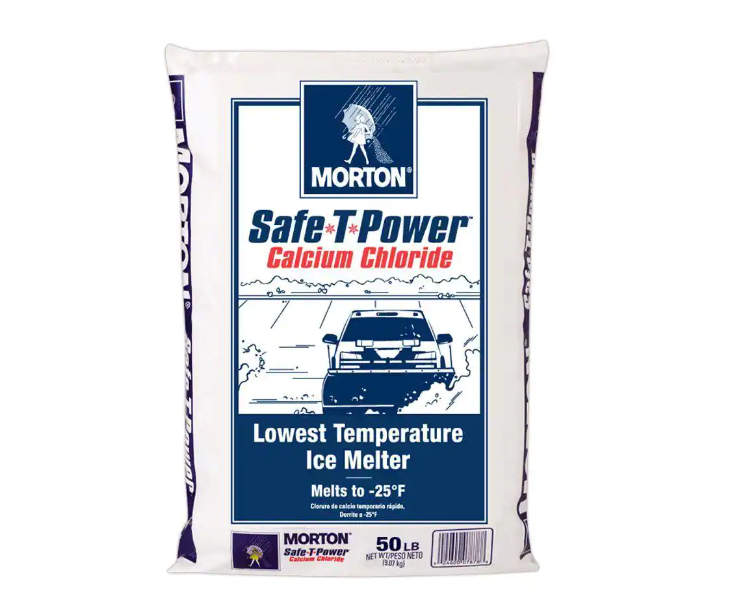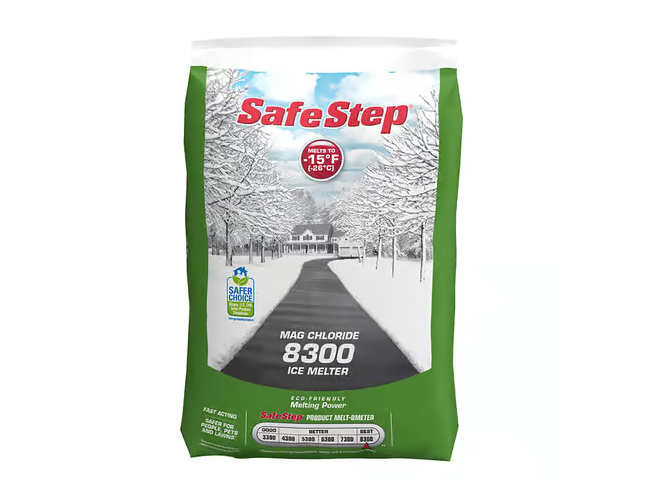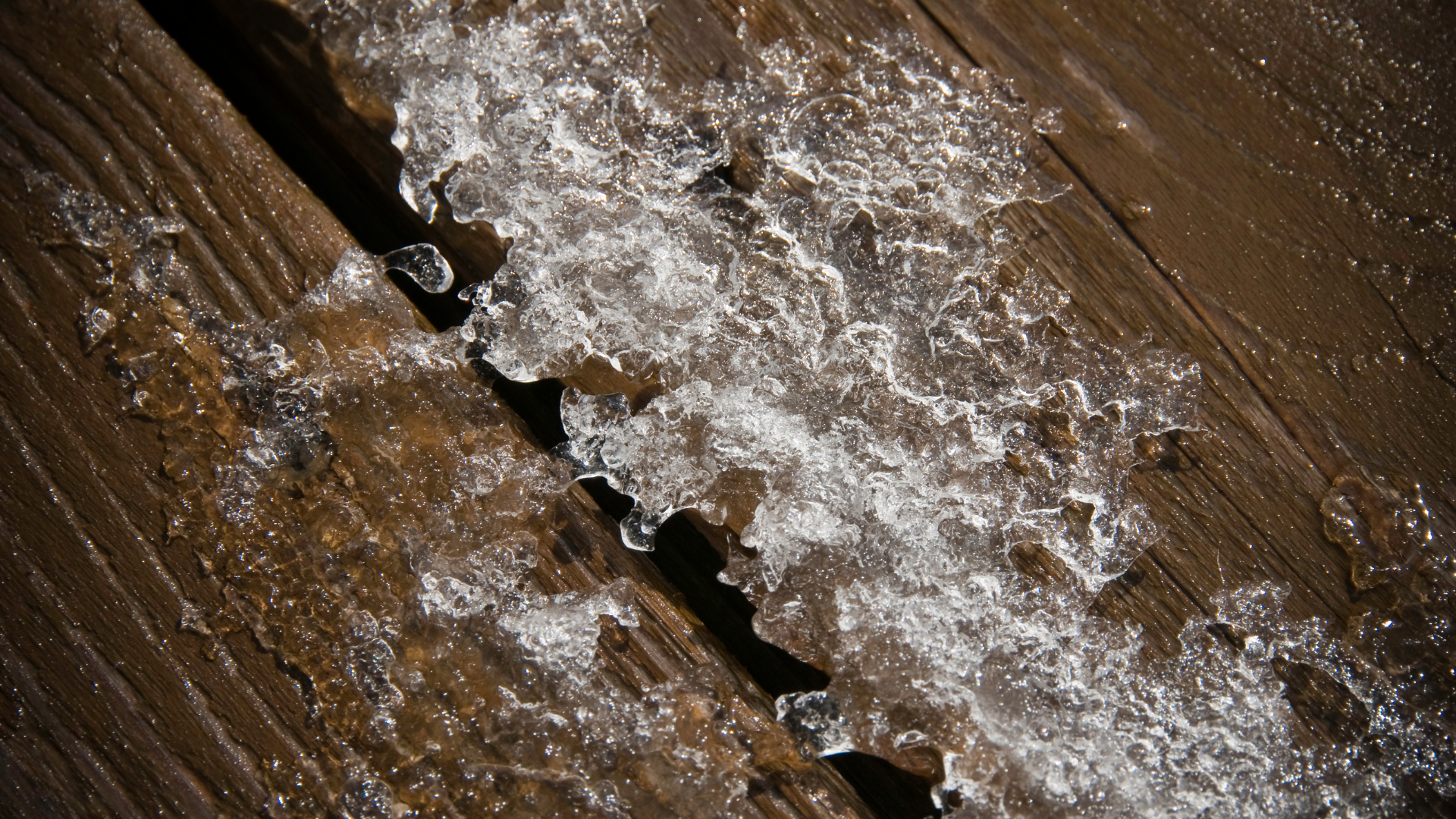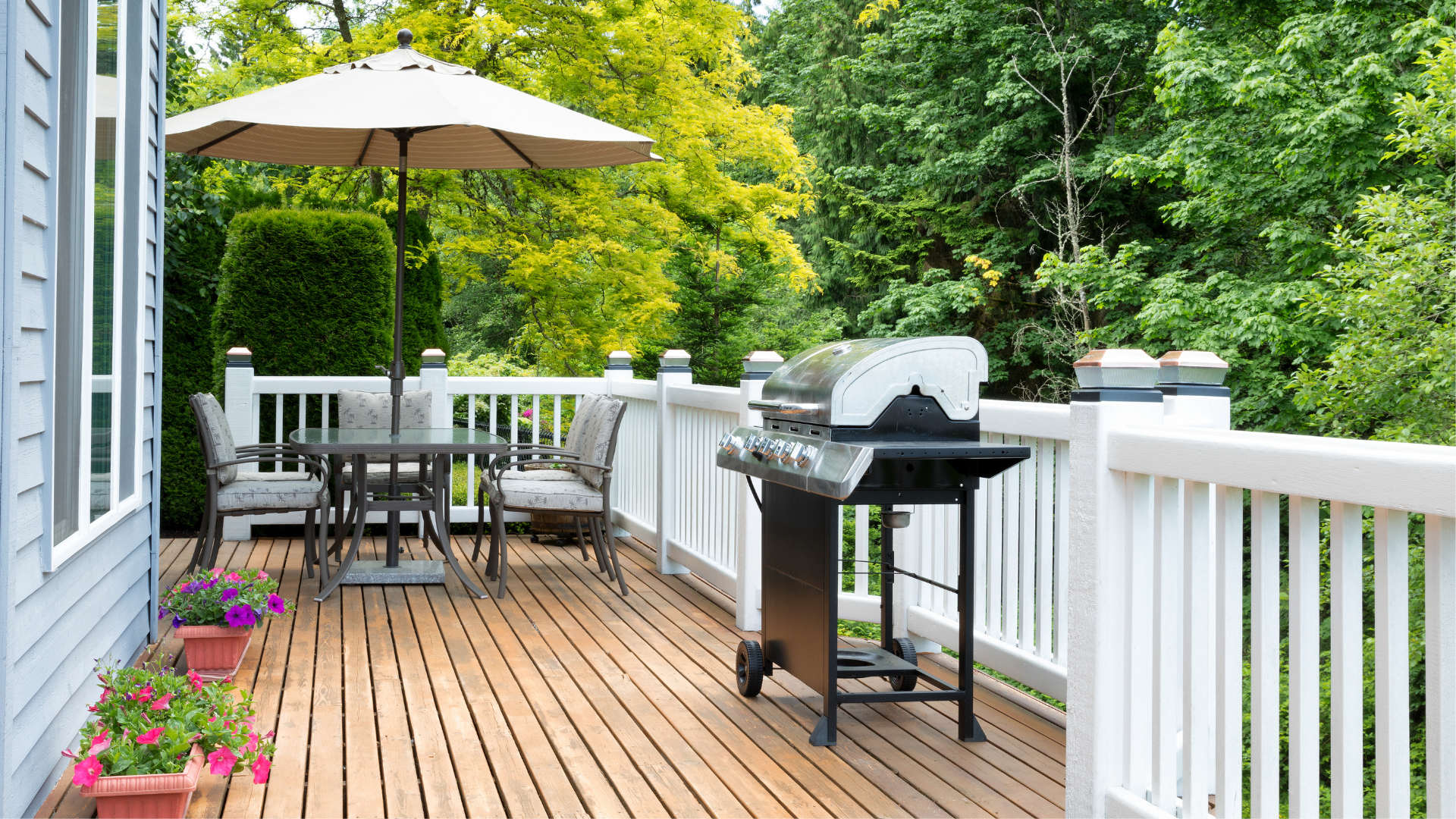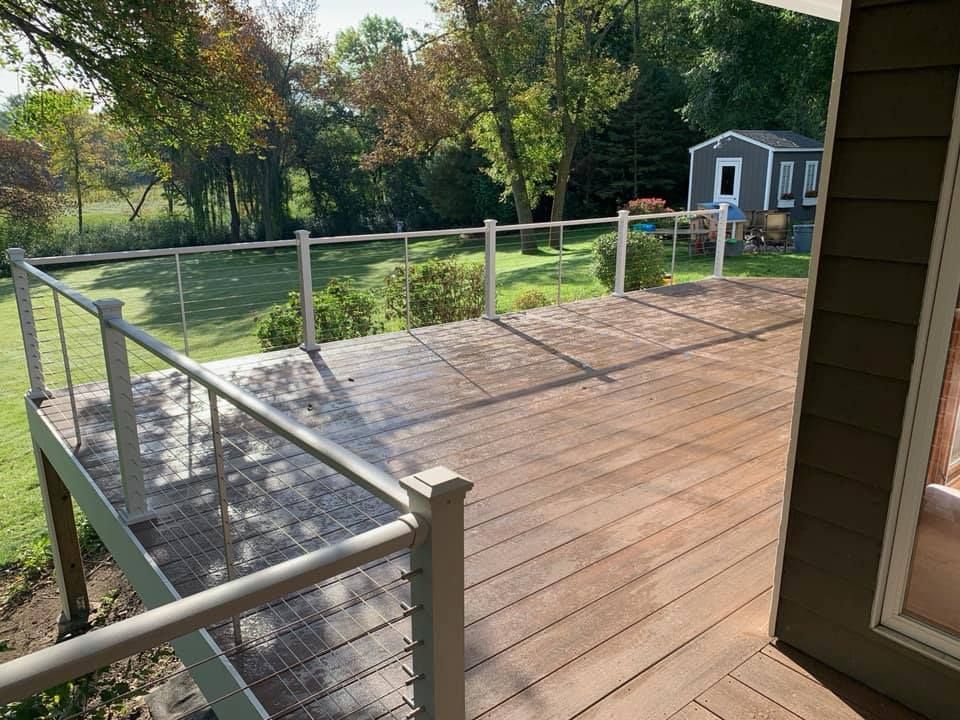If you have a wood deck, you know winter can be a bit of a headache. Ice and snow love to pile up, and while it might look pretty, it can cause some real problems for your deck—and for anyone trying to walk on it! As I sit here in Minnesota with frosty weather all around, I know this is the time of year we all start thinking about how to keep our outdoor spaces safe and damage-free.
At
Pink Construction, we get it. Your deck isn’t just part of your house—it’s part of your home. It’s where you’ve hosted barbecues, celebrated birthdays, or just kicked back after a long day. Let’s talk about how to keep it safe this winter without causing any damage.
Why Melting Ice the Right Way Is a Big Deal
How to Melt Ice on a Wood Deck (Without Wrecking It)
1. Choose the Right Product
Start with a deck-safe deicer like calcium chloride or magnesium chloride. Apply sparingly to avoid over-saturating the wood, which can lead to residue buildup.More on this later in the blog!
2. Use Sand for Traction
If you’re not comfortable with deicers, sand or kitty litter can provide grip without any risk of damage. These are excellent alternatives if safety is your main concern.
3. Shovel Carefully
Stick with a
plastic shovel to clear snow and ice. Metal shovels can scratch or gouge the wood, leading to bigger problems come spring. Always shovel along the grain of the boards to minimize damage.
4. Try Warm Water for Thin Ice
For lighter patches of ice, warm water can help. Pour it sparingly and sweep it away quickly to prevent refreezing.
Why the Right Ice Melt Matters
Not all ice melts are created equal, and some can do more harm than good. Products like rock salt (sodium chloride) might be effective at melting ice, but they’re tough on wood. Here’s why:
- Damage to the Surface: Sodium chloride has a crystalline structure that can scratch your deck.
- Staining and Discoloration: Some deicers can leave behind unsightly marks.
- Environmental Concerns: Sodium chloride can harm nearby vegetation and isn’t safe for pets.
Instead, focus on deicers specifically designed for wood decks. Here are two top options:
When shopping for ice melt for wood decks, make sure to read the label carefully. Avoid products that contain rock salt or sodium chloride, as these can damage your deck’s finish and harm your surroundings.
Pro Tips to Prevent Ice Buildup
Mistakes to Avoid
- No Rock Salt: It’s too harsh and can damage the wood.
- Don’t Use Metal Tools: They’re great for breaking ice—but terrible for your deck.
- Skip the "More Is Better" Mindset: Too much ice melt for wood decks can leave a residue that’s tough to clean up.
Let Pink Construction Help
At Pink Construction, we know Minnesota winters aren’t easy on your deck. Whether you’re dealing with ice now or want to prevent problems in the future, we’re here to help. From expert advice to deck repairs or even building you a new, winter-ready deck, we’ve got your back.
Keeping your deck safe and ice-free doesn’t have to be a pain. With a few simple steps and the right tools, you can protect your deck and avoid damage all winter long. And if you ever feel stuck or need help, you know who to
call.
Check out
Pink Construction for more tips or to get started on your next project. Stay safe out there, and here’s to a beautiful, ice-free deck this winter!



